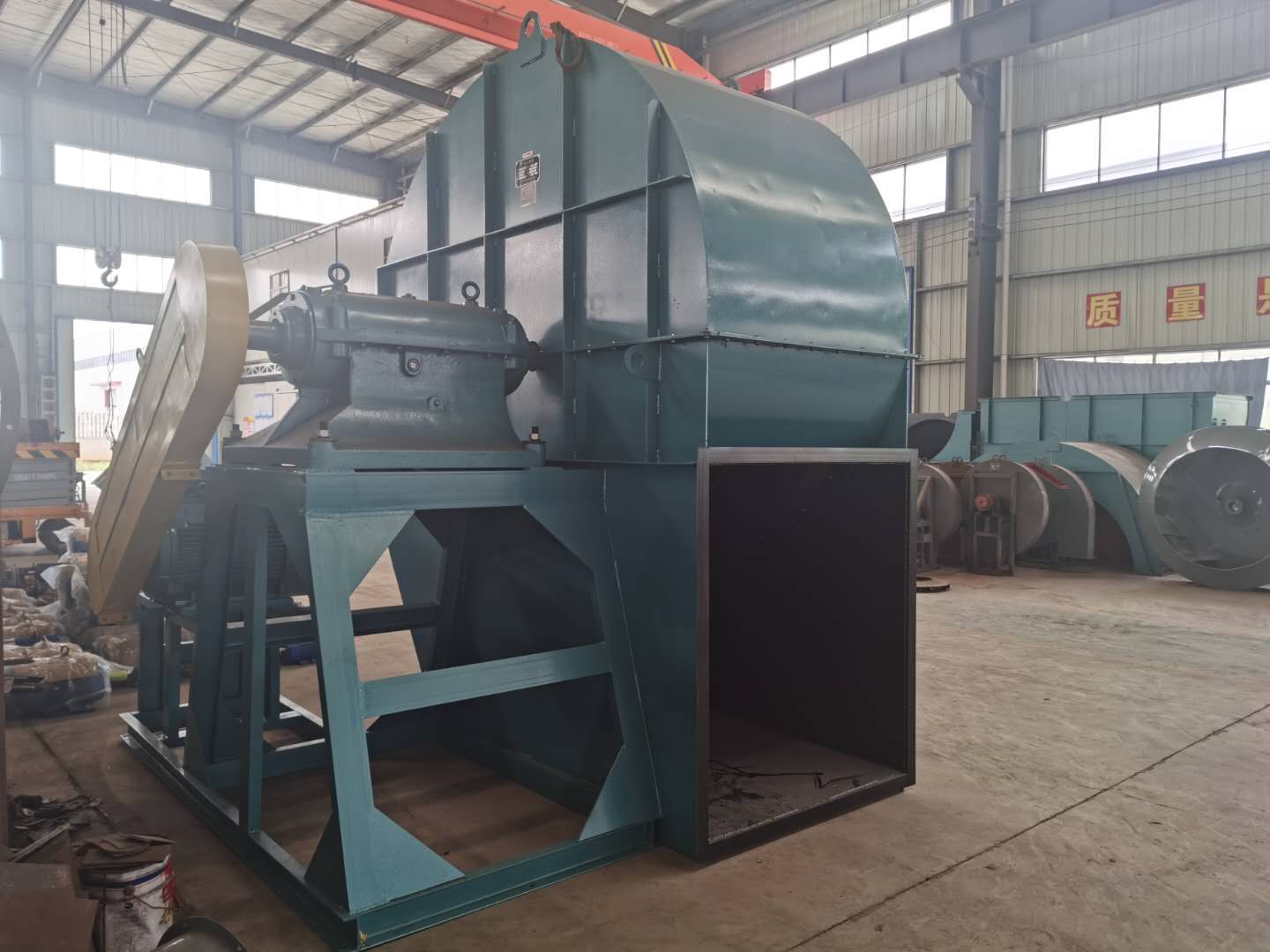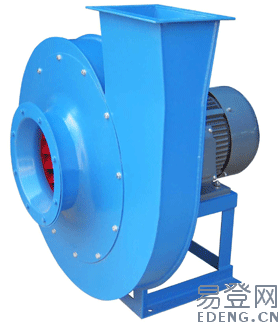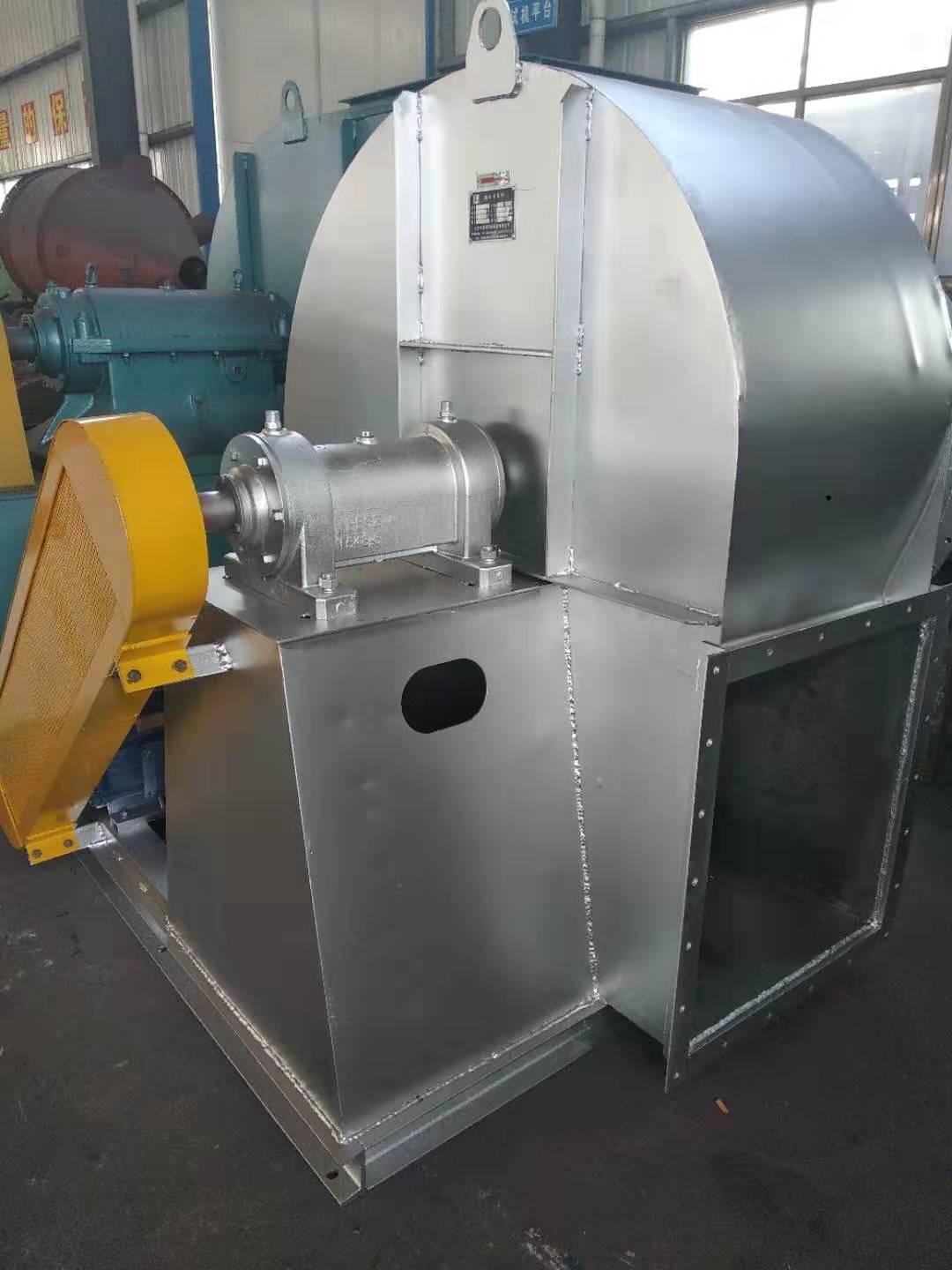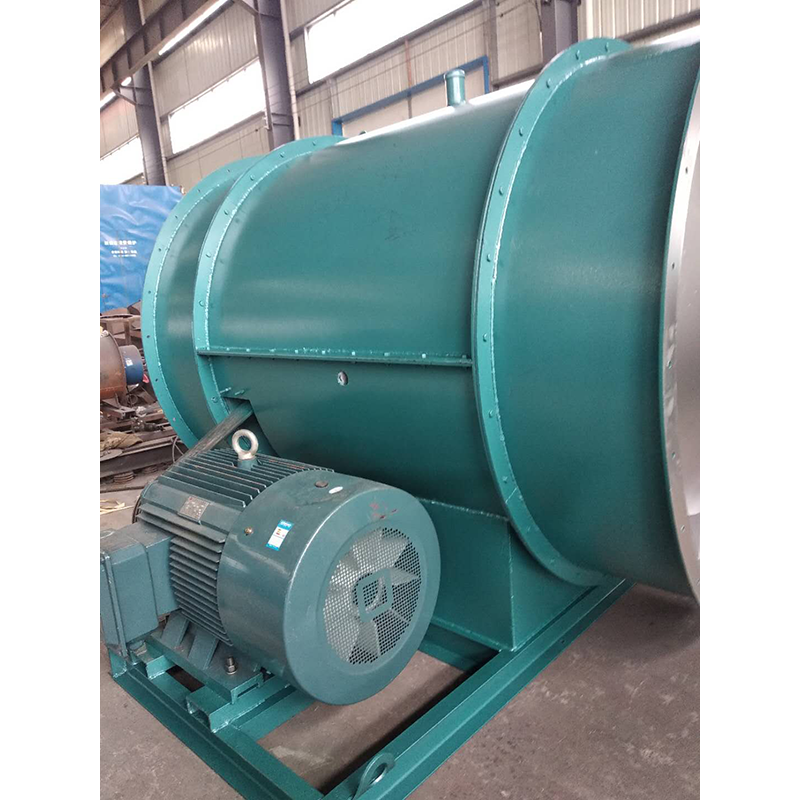
Zibo Centrifugal fan company The development trend and direction of wind turbine in the future are analyzed as follows: wind turbine is mainly used for ventilation and air exchange in various fields of national economy and various places, such as metallurgy, petrochemical, electric power, urban rail transit, textile, shipbuilding, etc. In addition to the traditional application fields, there will still be great development prospects in more than 20 potential market fields, such as comprehensive utilization of coal gangue, new dry process clinker technology, energy saving in metallurgical industry and comprehensive utilization of resources. large Centrifugal fan With the increasing competition in the wind turbine manufacturing industry, mergers and acquisitions and capital operations among large wind turbine manufacturing enterprises are becoming increasingly frequent. Domestic outstanding wind turbine manufacturing enterprises are increasingly paying attention to the research of the industry market, especially the in-depth research of the industry development environment and product buyers. Because of this, a large number of domestic excellent fan brands have risen rapidly and become the leaders in the fan manufacturing industry!

3. When installing Type C and Type B, ensure that the two pulley positions are on the same plane, and the flatness tolerance is 0.5mm. 4. When installing Type D, use a dial indicator and feeler gauge to measure the coaxiality of the fan spindle and motor spindle and the parallelism of both ends of the coupling. The coaxiality tolerance of two shafts is 0.2mm, the parallelism tolerance of both ends of the coupling is 0.2mm, and the spacing between two planes of the coupling is 5 to 8mm. 5. After the fan is installed, move the rotor with hand or lever to check whether it is too tight or collided. The test run can be carried out without overtightening or collision. 6. After the motor is installed, the belt pulley or coupling guard shall be installed. If the air inlet is not connected to the air inlet pipe, the guard net or other safety devices (provided by the user) shall also be provided. 7. Other parts shall be installed according to the corresponding positions in the drawing. 8. Add N46 (ISO VG46, 30) in summer and N32 (ISO VG32, 20) in winter. The oil level should be at 1/2 of the oil window.

The selection of fans Product performance and fan performance listed in the selection table are based on the performance of delivering air under standard conditions. Therefore, when the use condition is non-standard, the H4-72-12 centrifugal fan must convert the use performance into the performance under standard conditions according to the relationship in the table above, and then select according to the performance and selection table. (3) Treatment of excessive or insufficient flow During use, excessive or insufficient flow often occurs. There are many reasons for this phenomenon. If the flow is high and low during use, it is mainly because the resistance in the pipe network is high and low, or the fan works in a non working area. If it is gradually reduced after a long time during use, it is mainly due to pipe network blockage. After the fan is newly installed, the flow is too large or insufficient during the formal operation. The main reasons for this phenomenon are as follows: 1. The actual value of pipe network resistance is too different from the calculated value. In the general pipe network characteristic equation, H=KQ2, if the actual value K of K-resistance coefficient is less than the calculated value K, the flow will increase; If the actual value K is greater than the calculated value K, the flow decreases. See (b) below.

Zibo large Centrifugal fan Fan performance parameters. The performance parameters of fan mainly include flow, pressure, power, efficiency and speed. In addition, the size of noise and vibration is also the main fan design index. Flow, also known as air volume, is expressed by the volume of gas flowing through the fan in unit time; Pressure, also known as wind pressure, refers to the pressure rise value of gas in the fan, including static pressure, dynamic pressure and total pressure; Power refers to the input power of the fan, namely shaft power. The ratio of effective power of fan to shaft power is called efficiency. Centrifugal fan company The total pressure efficiency of fan can reach 90%. Fans are widely used for ventilation, dust discharge and cooling of factories, mines, tunnels, cooling towers, vehicles, ships and buildings; Ventilation and induced draft of boiler and industrial furnace; Cooling and ventilation in air conditioning equipment and household appliances; Drying and selection of grain; Wind source of wind tunnel and inflation and propulsion of hovercraft. The working principle of the fan is basically the same as that of the turbine compressor, but because the gas flow rate is low and the pressure changes little, it is generally unnecessary to consider the change of gas specific volume, that is, treat the gas as an incompressible fluid

The wet electrostatic precipitator is a new kind of dust removal equipment used to treat micro dust and micro particles, large Centrifugal fan It is mainly used to remove dust, acid mist, water droplets, aerosols, odor, PM2.5 and other harmful substances in humid gases, and is an ideal equipment for controlling atmospheric dust pollution. The wet electrostatic precipitator is usually referred to as WESP, which has the same basic principle as the dry electrostatic precipitator. It goes through three stages: charging, collection and dust removal. The principle of wet electrostatic precipitator is the same as that of dry electrostatic precipitator, Zibo Centrifugal fan The dust is charged by high-voltage corona discharge, and the charged dust reaches the dust collecting plate/tube under the action of electric field force. The dry electrostatic precipitator mainly deals with dry gas with very low water content, while the wet electrostatic precipitator mainly deals with wet gas with high water content or even saturation. There is a big difference between WESP and DESP in the way of removing the dust collected on the dust collecting plate/pipe. The dry electrostatic precipitator generally uses mechanical rapping or acoustic cleaning to remove the dust on the electrode, while the wet electrostatic precipitator uses regular flushing to remove the dust along with the flow of flushing fluid





